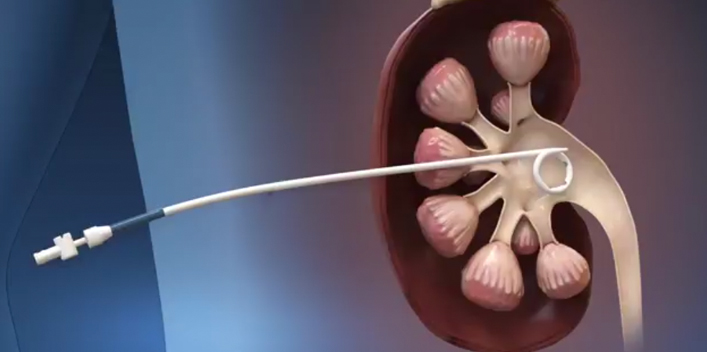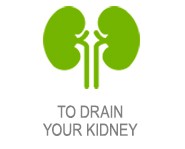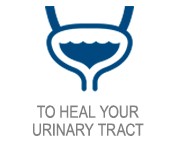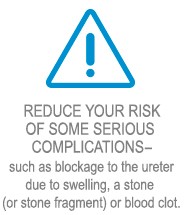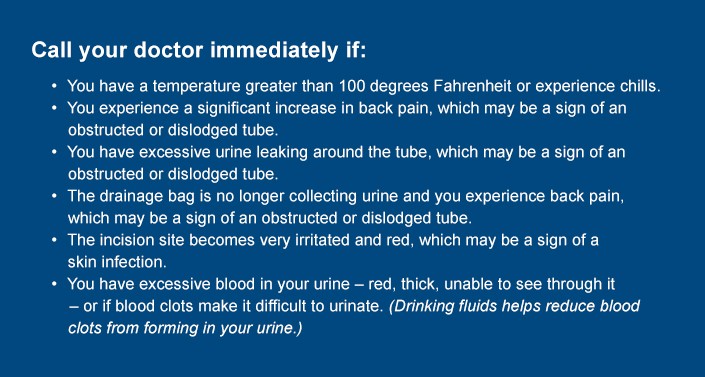Nephrostomy Tube
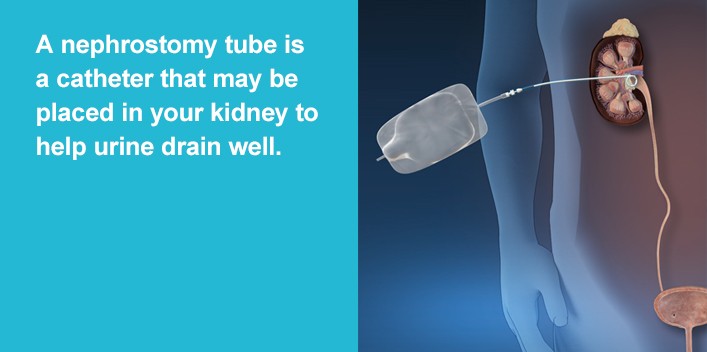
The Procedure
At the end of your surgery, your doctor inserts a nephrostomy tube through your back and into your kidney. The soft plastic tube is then connected to a drainage bag outside of your body. Your doctor may remove the nephrostomy tube before you are discharged from the hospital or it may be removed several days later at a follow-up appointment.
Your doctor may also insert a nephrostomy tube before surgery to help treat a blockage from a stone.
